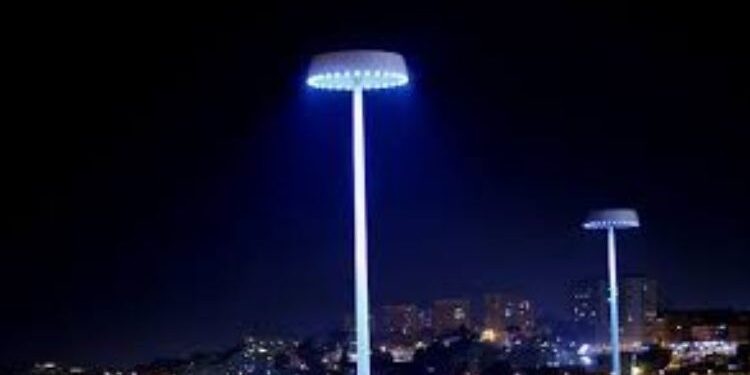Smart Pole technology is revolutionizing urban infrastructure, promising safer, more efficient cities. As cities evolve to become smarter and more connected, Smart Poles are emerging as an integral part of this transformation. In this article, we’ll explore what Smart Poles are, their features, benefits, and the impact they have on urban life.
Smart Pole: The Future of Urban Infrastructure
What is a Smart Pole?
A Smart Pole is a multifunctional, technologically advanced urban infrastructure element designed to provide various services to the community. These poles integrate a range of smart technologies, such as IoT sensors, cameras, Wi-Fi hotspots, environmental monitoring systems, and energy-efficient LED lighting.
Components of a Smart Pole
A Smart Pole typically consists of:
- LED Lighting
- Wi-Fi and 5G Equipment
- Security Cameras
- Environmental Sensors
- Digital Signage
Evolution of Smart Poles
Smart Poles have evolved significantly over the years, from simple lighting structures to multifunctional hubs. Originally designed to provide illumination, modern Smart Poles are equipped with advanced technologies that make cities safer, more efficient, and more connected.
Historical Background
- Traditional Streetlights: Before the advent of Smart Poles, cities relied on traditional streetlights for illumination.
- First Generation Smart Poles: The first-generation Smart Poles were equipped with LED lighting and served as the foundation for future innovations.
- Advanced Smart Poles: Today’s Smart Poles are equipped with a wide range of smart technologies, including IoT sensors, environmental monitors, and digital displays.
Features of Smart Poles
Smart Poles offer a wide range of features and functionalities that enhance urban life. Some of the key features include:
1. LED Lighting
Smart Poles are equipped with energy-efficient LED lighting systems that provide bright, uniform illumination while reducing energy consumption and maintenance costs.
2. Wi-Fi and 5G Connectivity
Smart Poles serve as Wi-Fi hotspots and 5G base stations, providing high-speed internet access to residents, businesses, and visitors.
3. Security Cameras
Integrated security cameras help enhance public safety by providing real-time monitoring of streets, parks, and other public spaces.
4. Environmental Sensors
Environmental sensors monitor air quality, temperature, humidity, and other environmental factors, helping cities address pollution and climate change.
5. Digital Signage
Digital displays on Smart Poles can be used for advertising, public announcements, emergency alerts, and wayfinding.
Benefits of Smart Poles
Smart Poles offer several benefits to cities, including:
1. Improved Safety and Security
- Surveillance: Security cameras help deter crime and provide valuable evidence in criminal investigations.
- Emergency Response: Smart Poles can be equipped with emergency call buttons and loudspeakers to facilitate rapid response to emergencies.
2. Enhanced Connectivity
- High-Speed Internet: Wi-Fi and 5G connectivity provide residents, businesses, and visitors with high-speed internet access.
- IoT Connectivity: Smart Poles serve as hubs for IoT devices, enabling the creation of smart, connected cities.
3. Energy Efficiency
- LED Lighting: Energy-efficient LED lighting reduces energy consumption and maintenance costs, while also reducing light pollution.
4. Environmental Monitoring
- Air Quality: Environmental sensors monitor air quality, helping cities identify and address pollution hotspots.
- Climate Change: Smart Poles help cities track and respond to climate change by monitoring temperature, humidity, and other environmental factors.
Challenges and Considerations
While Smart Poles offer numerous benefits, there are also some challenges and considerations to keep in mind:
1. Privacy Concerns
- Surveillance: The widespread use of security cameras raises concerns about privacy and surveillance.
- Data Security: Smart Poles collect vast amounts of data, raising concerns about data privacy and security.
2. Cost and Maintenance
- Initial Investment: The upfront cost of installing Smart Poles can be significant, requiring cities to carefully consider the return on investment.
- Maintenance: Smart Poles require regular maintenance to ensure optimal performance and reliability.
Conclusion
Smart Poles are revolutionizing urban infrastructure, offering a wide range of benefits, including improved safety and security, enhanced connectivity, energy efficiency, and environmental sustainability. While there are some challenges and considerations to overcome, the potential long-term benefits make Smart Poles a valuable investment for cities looking to build smarter, more connected communities.











